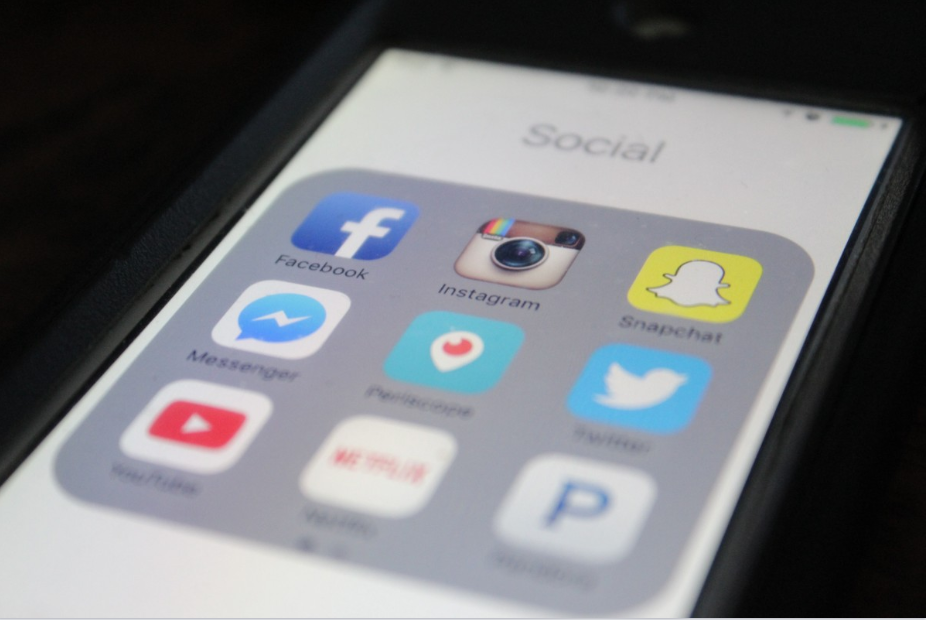Hashtags have evolved massively since their inception — even becoming part of our vernacular in some cases. They are ubiquitous with brands, products, television shows and more. You’d be hard pushed to find a marketing campaign today, whether it’s B2B or B2C, that doesn’t come complete with a hashtag.
To the uninitiated, they can seem daunting, a complex language that requires careful navigation. But when you get hashtags right, they can be a great tool for starting and joining conversations, making connections, and getting your message heard on social media.
Table of Contents
What Is A Hashtag?
In simple terms, a hashtag is a way of categorizing what you have to say, allowing you to join and listen in on conversations. In technical terms, a hashtag is a form of metadata which is used on social networks that allow users to “tag” content so that others can easily find information. Either way, if you are using hashtags effectively, more people will be able to find your comments.
Hashtags let people create and join conversations on a global scale. For brands, this means that existing customers can connect, whilst new customers can be found by joining the hashtag conversation.
One example of how a successful hashtag can generate significant coverage and promotion for your brand can be seen in the case of Wolfenoot.
Wolfenoot is a holiday invented by a 7 year old from New Zealand. The child’s mother shared the idea online, where it quickly gathered pace. This led it to be picked up by several news organizations, sending it viral.
The Wolfenoot Facebook event now has several hundred-thousand attending, and its various social accounts boast just as many followers combined. There is even a website dedicated to the holiday, and merch available on Redbubble. From a simple idea bound by a single hashtag, a viral phenomenon was created.
How Do I Start Hashtagging?
Once you have written out your Tweet, Facebook status or posted an Instagram picture, all you have to do is use a hashtag symbol (#) followed by a word or phrase which relates to what you are posting.
You can include underscores and numbers as well as words. If you are saying a phrase, you don’t need to add in spaces between the words, e.g. #photooftheday.
It’s a delicate game to play, but when done right, can net your brand significant engagement online. Here are some tips to help you get it right.
Strive for short and sweet
Keep your hashtags short, simple and relevant. You will want to keep them as memorable as possible. The longer the phrase, the more difficult it will be to read when the spaces are removed.
But don’t feel the need to hashtag everything. Sometimes a post or a comment might not fit into any category. Think: will a hashtag benefit this post? Sometimes, less is more.
Hit that sweet spot
Feel free to use more than one hashtag per a post. The perfect number of hashtags varies from platform to platform. While 15 hashtags of more might suit Instagram, using that many on a tweet would simply use up characters and look messy. While more hashtags will get you noticed on most platforms, there is a limit. Too many hashtags will derail your point and detract from your content.
Do your research
Be sure to test a hashtag before you use it. Not everything on the internet is positive, and hashtags can sometimes be hijacked by negative causes. If you associate your post with a hashtag connected to something shady or distasteful, then your whole posts meaning changes — be wary.
Hashtags can help you join other peoples conversations, but they can also allow people to join yours. After all, Wolfenoot went viral because people started talking about it. Create a hashtag for your event, brand, or product, and encourage others to join in.
If you want to get really technical, you can use a hashtag management platform such as Keyhole. These are great for researching hashtags and finding the right ones for you.
Hashtags can be used to place your brand, event, or product in a localized context too. For example, a florist in Toronto might use hashtags such as #TorontoFlowers or #FloristTorontoON. Or if you wanted to draw attention to your Toronto-based retail business, use #TorontoRetail or, if you wanted to promote your business with a community-driven hashtag, use a rallying hashtag such as #KeepRetailLocalToronto.
Just be specific with your hashtags. This will ensure your message doesn’t get buried in the wrong categories. For instance, if you want to get the attention of cat lovers then #animals might not be as effective as #cats.
Hashtags are an effective way to join a conversation or send a message. Just remember to keep your hashtags simple and relevant, and always do your research beforehand to get your hashtag game on point. #hashtagsaregreat
About the contributor
 Victoria Greene is a branding consultant and freelance writer. On her blog, VictoriaEcommerce, she covers marketing, content writing, and how brands can evolve their social media strategy to meet their ever-changing needs.
Victoria Greene is a branding consultant and freelance writer. On her blog, VictoriaEcommerce, she covers marketing, content writing, and how brands can evolve their social media strategy to meet their ever-changing needs.
Keyhole is a real-time brand and campaign monitoring tool that provides keyword and hashtag analytics for Twitter and Instagram. Get started for free here.
